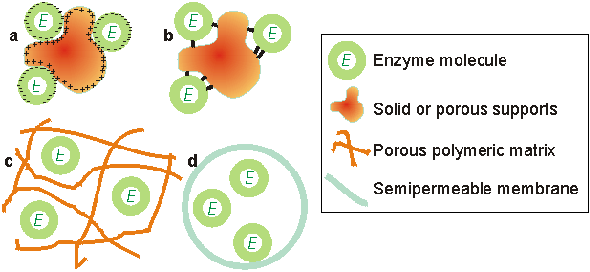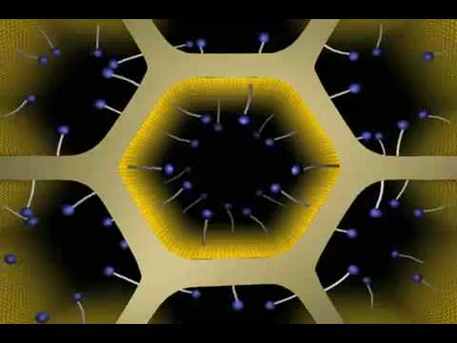Enzyme Immobilization
Creative BioMart has a revolutionary new platform, combining affinity tag binding with inert porous materials, designed specifically for biocatalysis applications in any organic solvent or aqueous buffer. If your enzyme can be affinity tagged, it can be immobilized in Creative BioMart. Creative BioMart provides a highly efficient way to go from cell extract or cell culture supernatant to a versatile and robust immobilized pure enzyme preparation, in a single step.
- Convenience: Minuscule amounts of protein dissolve in the reaction, so workup can be much easier. Upon completion, reaction mixtures typically contain only solvent and reaction products.
- Economy: The immobilized enzyme is easily removed from the reaction making it easy to recycle the biocatalyst. This is particularly useful in processes such as the production of Lactose Free Milk, as the milk can be drained from a container leaving the enzyme (Lactase) inside ready for the next batch.
- Stability: Immobilized enzymes typically have greater thermal and operational stability than the soluble form of the enzyme.

Creative BioMart provides four different ways to immobilize an enzyme:
- Affinity-tag binding: Enzymes may be immobilized to a surface, e.g. in a porous material, using non-covalent or covalent Protein tags.
- Adsorption on glass, alginate beads or matrix: Enzyme is attached to the outside of an inert material. In general, this method is the slowest among those listed here. As adsorption is not a chemical reaction, the active site of the immobilized enzyme may be blocked by the matrix or bead, greatly reducing the activity of the enzyme.
- Entrapment: The enzyme is trapped in insoluble beads or microspheres, such as calcium alginate beads. However, this insoluble substances hinders the arrival of the substrate, and the exit of products.
- Cross-linkage: Enzyme molecules are covalently bonded to each other to create a matrix consisting of almost only enzyme. The reaction ensures that the binding site does not cover the enzyme's active site, the activity of the enzyme is only affected by immobility. However, the inflexibility of the covalent bonds precludes the self-healing properties exhibited by chemoadsorbed self-assembled monolayers. Use of a spacer molecule like poly(ethylene glycol) helps reduce the steric hindrance by the substrate in this case.
Price quote upon request, please feel free to contact us for further information.

Contact us or send an email at for project quotations and more detailed information.
Quick Links
-

Papers’ PMID to Obtain Coupon
Submit Now -

Refer Friends & New Lab Start-up Promotions
